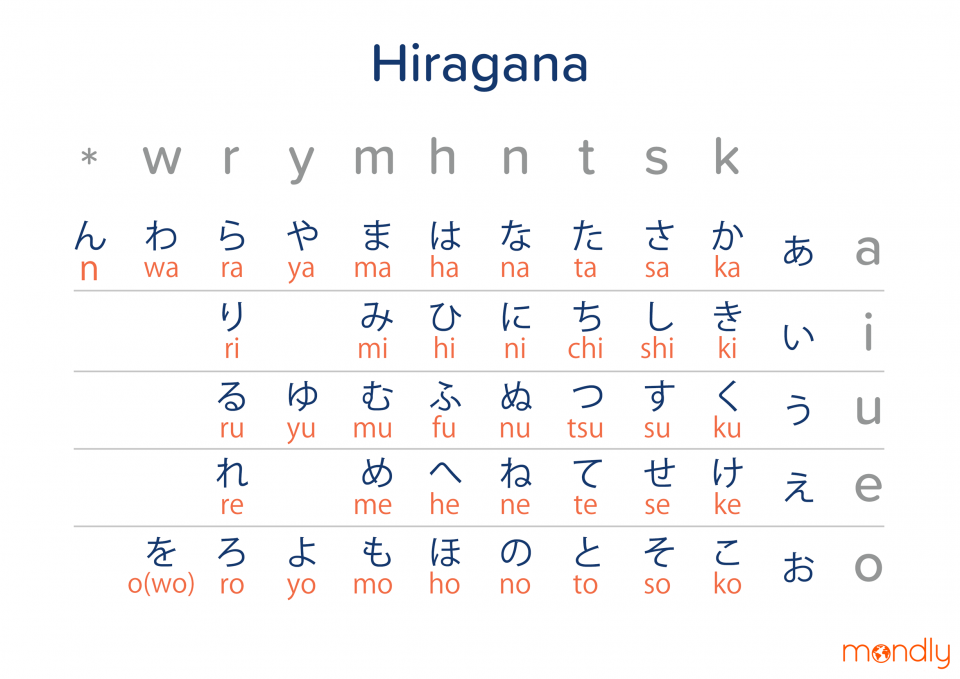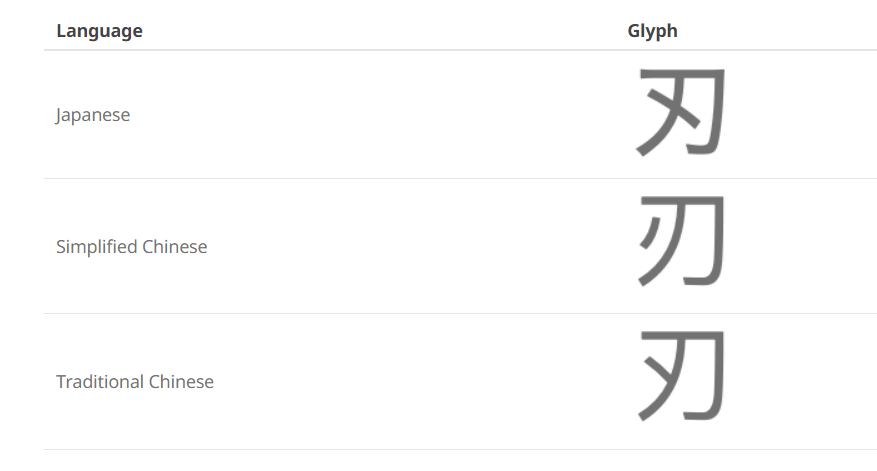Alright folks, this one hit me hard last week, totally messed up a client project. Figured I better sort this Chinese-to-Japanese name thing out once and for all. Here’s exactly how I went from clueless to kinda-sorta confident.
The Headache Moment
Got a new gig with this Japanese indie game studio last month. Pretty exciting! Their request? Translate a bunch of Chinese character names into something Japanese players would feel natural reading. Easy, I thought. Yeah, right.

Started translating names like 李华 (Li Hua). Took the Chinese sounds directly: Li became リー (“Rii”), Hua became ファー (“Faa”). Ended up with “Rii Faa”. Sent it off feeling smug. Client came back real fast, basically said “This looks bizarre! It screams ‘outsider wrote this’.” Ouch. My boss wasn’t happy either. That panic, man, that “oh crap I might be fired” feeling? Yeah.
My Deep Dive & The Three Rules I Tripped Over
Time to research. I hammered Wikipedia, language forums, anything I could find. Turns out, dumping sounds directly is the biggest rookie mistake. Here’s the crap I learned the hard way:
Rule 1: On-Yomi Over Kun-Yomi? Usually No!
My first approach was textbook wrong. Tried to force the Japanese sounds derived from ancient Chinese (“On-Yomi”). Problem? Actual Japanese names mostly use native Japanese readings (“Kun-Yomi”). For 林, I used On-Yomi “Rin”. Felt legit. Reality? “Hayashi” (Kun-Yomi) is how actual Japanese people are usually named. My translation felt like shouting an ancient dictionary entry, not calling someone’s name. Duh.
Rule 2: Skip the Extra Syllables, Seriously.
Seeing names end with vowels in Chinese (like Hua, Kai, Meng) tricked me. I automatically added those extra “ー” long vowel marks or trailing consonants where Japanese names just… don’t. Putting “リー・ファー” (“Rii Faa”) instead of just “リ・カ” (“Ri Ka”) for Li Hua? Made it sound alien. Japanese shortens and simplifies.

Rule 3: Forget Literal Meanings.
Tried being clever with 雪梅 (Xuě Méi, literally “Snow Plum”). Went wild looking up “Yuki” (雪, snow) and “Ume” (梅, plum). Translating the words, not the name. Result? “Yuki Ume”. Sounds like I named someone “Snow Plum” directly. No Japanese person has that name! Total flop.
How I Actually Did It (Without Getting Fired)
Scrapped my first attempt. Started fresh, keeping those rules burned into my brain:
- Found Common Kanji Equivalents: Hunted for characters used in both Chinese and Japanese names. 林 became 林 (common kanji) -> Looked up how Japanese people actually pronounce it for names -> “Hayashi”. Victory!
- Sound Simplification was Key: For 张伟 (Zhāng Wěi): Ignored the tones. “Zhang” simplified to “Jo”, “Wei” became “I”. Result: “Jo I” (ジョウ・イ). Cleaner, instantly less “foreign”.
- Existing Japanese Names FTW: For 陈雪梅 (Chén Xuě Méi)? Stopped translating words. Searched for Japanese family names starting with the “Xue” sound. Found “Seto”. For the first name “Mei”, used the common Japanese given name “Mei” (メイ). Resulted in “Seto Mei” (瀬戸 メイ) – instantly recognizable and natural as a Japanese name.
Sent this revised batch, sweating bullets. Client replied almost immediately: “Much better! This actually works.” Let’s just say my butt was saved big time. Learned my lesson the hard way – but now I actually get it.